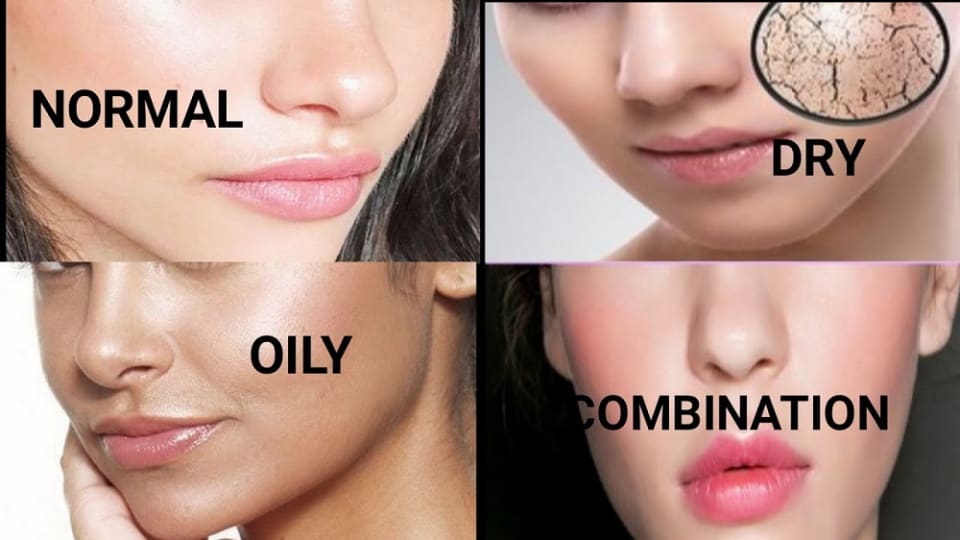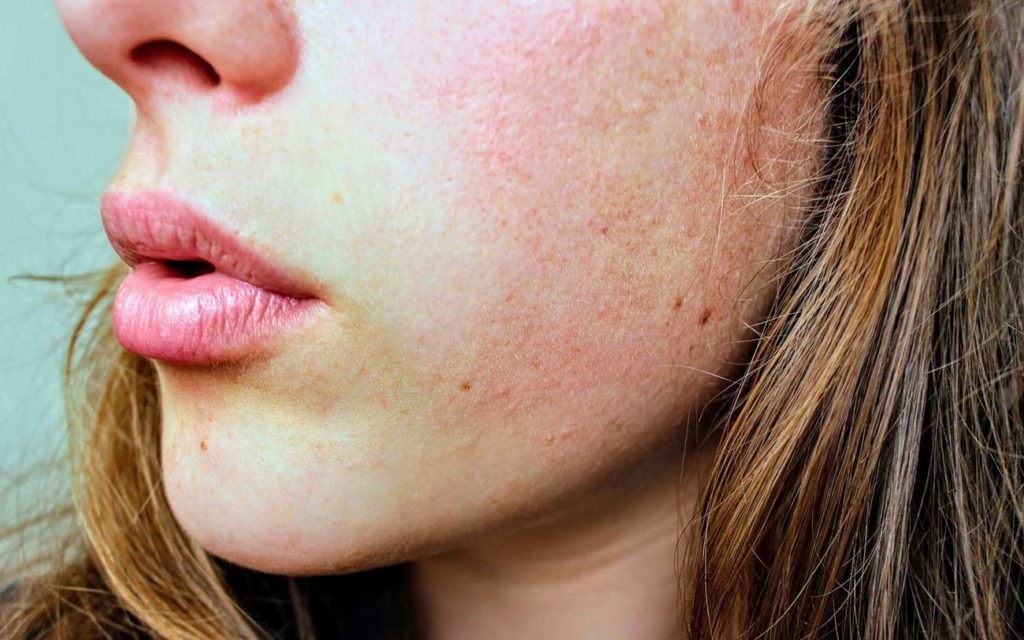Introduction:
Your skin, the largest organ in your body, is a complex system that deserves utmost care and attention. Understanding the specific needs of your skin is crucial for maintaining its radiance and health. One of the most fundamental ways to do this is to correctly identify your skin type, which can be either dry, oily, or a combination of both. Identifying your skin type will empower you to create a personalized skincare routine that enhances your natural beauty.

Image: productnation.co
Understanding Dry Skin
Dry skin, often referred to as xerosis, is characterized by a lack of moisture and diminished natural oils, resulting in a rough, flaky texture. It’s typically caused by factors such as genetics, climate, aging, certain medications, or underlying medical conditions. Individuals with dry skin often experience tightness, itching, and increased susceptibility to irritation and fine lines. Cleansing products designed for dry skin are gentle and avoid stripping away essential oils, while thicker moisturizers with ceramides or humectants like hyaluronic acid effectively replenish hydration. By nourishing dry skin with emollient ingredients, you can restore its softness and suppleness.
Recognizing Oily Skin
Oily skin is identified by an overproduction of sebum, a natural oil that protects the skin. Excess sebum can lead to a shiny, greasy appearance, enlarged pores, blackheads, and acne. Hormonal fluctuations, genetics, stress, and certain medications can all contribute to oily skin. When caring for oily skin, it’s important to avoid harsh cleansers as they can exacerbate oil production. Instead, opt for gentle cleansers followed by lightweight, oil-free moisturizers. Regular exfoliation can also help unclog pores and control shine. By regulating sebum production, you can achieve a mattified and balanced complexion.
Differentiating Dry and Oily Skin
Determining whether your skin is dry or oily can be simple. If your skin feels tight and appears flaky, with visible dry patches and fine lines, it’s likely dry. On the other hand, if your skin has a shiny, greasy appearance, enlarged pores, and a tendency to breakout, it’s probably oily. However, it’s important to note that skin types can vary depending on the area of the face. For example, you may have dry skin on your cheeks and oily skin in your T-zone (forehead, nose, and chin).

Image: howtotellif.io
Addressing Combination Skin
Combination skin is a mix of both dry and oily areas. It’s common to have dry patches on the cheeks and oily areas in the T-zone. Understanding your skin’s unique needs is crucial when addressing combination skin. Look for skincare products specifically formulated for this skin type. A good skincare routine for combination skin involves using a gentle cleanser, a lightweight moisturizer for dry areas, and a mattifying product for oily areas.
How To Know If Your Skin Is Dry Or Oily
https://youtube.com/watch?v=CZa-STyBQY4
Conclusion
Knowing your skin type is the gateway to a healthy, radiant complexion. By understanding the characteristics of dry and oily skin and differentiating between them, you can tailor your skincare routine to effectively address your skin’s specific needs. Embracing the right products and practices will empower you to unveil your skin’s natural beauty and achieve a healthy, balanced, and glowing visage.


/GettyImages-1303637-two-way-mirror-57126b585f9b588cc2ed8a7b-5b8ef296c9e77c0050809a9a.jpg?w=740&resize=740,414&ssl=1)


